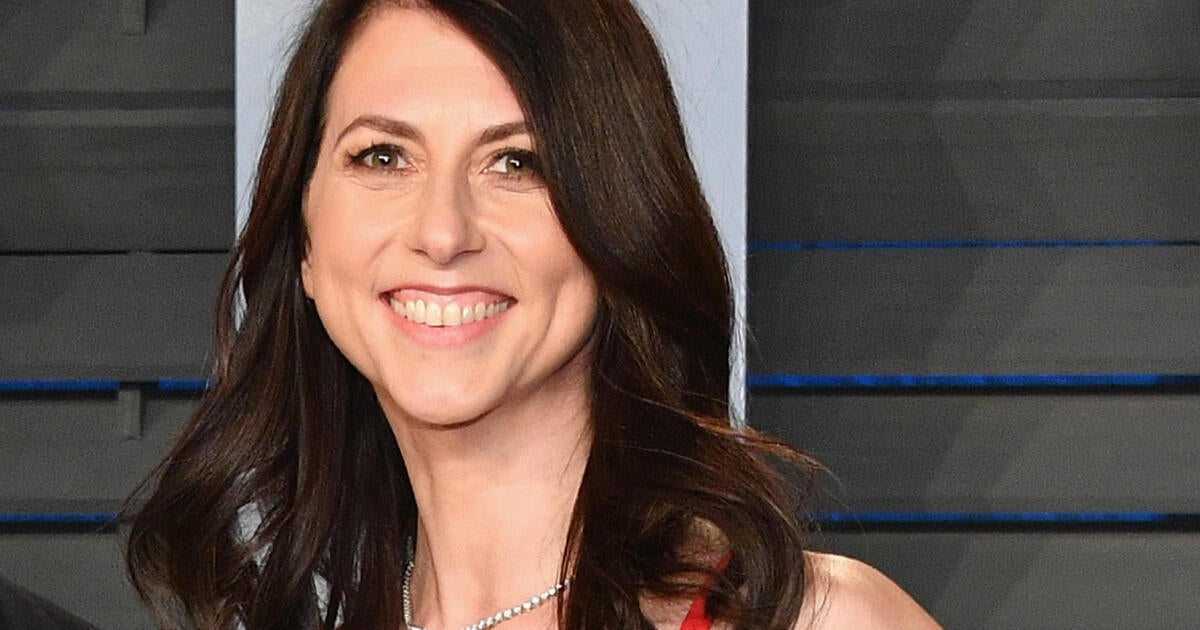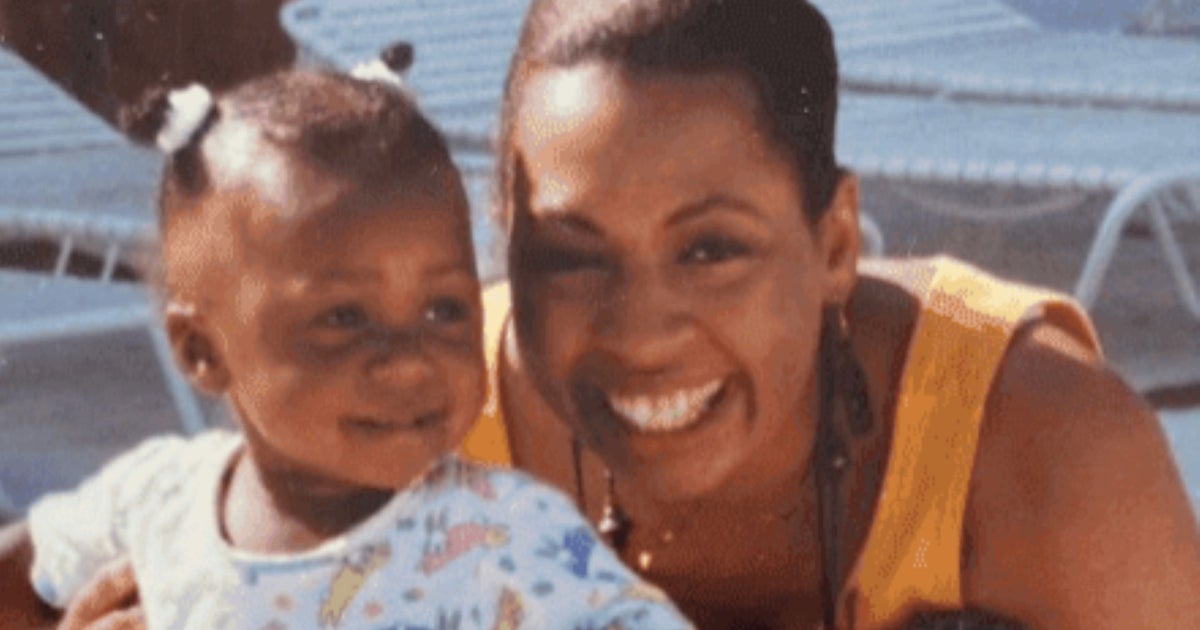Mackenzie Scott, the philanthropist and ex-wife of Amazon founder Jeff Bezos, has pioneered a new kind of giving that has proved transformative for nonprofit organizations.
Since 2019, Scott, who is estimated by Forbes to be worth more than $32 billion, has given away $19 billion in no-strings-attached gifts to more than 2,000 nonprofits, meaning the recipients of the donations were permitted to spend the funds however they saw fit. The median gift size was roughly $5 million. She identified organizations she deemed worthy of support through “quiet research,” or a discreet vetting process, and didn’t accept solicitations for donations.
That’s according to new research from the Center for Effective Philanthropy (CEP) which found that the uncommon size and lack of restrictions of Scott’s charitable gifts have not only helped those nonprofits become more financially stable but has enabled them to increase the scope of their impact.
“There is much to learn from the experiences of nonprofits who received grants using Scott’s approach,” CEP vice president of research Elisha Smith Arrillaga said in a statement. “These organizations have managed large gifts in strategic ways that have impacted thousands of lives — whether doubling or tripling the number of individuals receiving food from food banks, or increasing the number of houses being built in towns across the country, or countless other examples.”
For the report, which is the culmination of a three-year study, CEP surveyed roughly 800 organizations that received gifts from Scott on how the donations affected their efforts.
Organization leaders surveyed said they managed the grants with an eye toward long-term sustainability, and most — 90% — said the gifts from Scott strengthened their financial positions, compared with organizations that did not receive such grants. Half of nonprofit heads also said that Scott’s gift made fundraising easier, and many said they the gift attracted new contributions. Only a few — 7% — said they lost funders because of the grant.
Some funders expressed concerns that such large grants would make it hard for their groups to continue fundraising, a fear that never materialized and a notion the study dispels.
Community impact
Grant recipients also said they put part of the money they received toward programming efforts, and that they’ve observed meaningful change in communities as a result.
“We received the grant December 2022, during which we served migrants from 29 countries, and were able to expand that to 71 countries in 2023,” one grantee said in a statement. “In 2023, our staff provided legal orientation to over 12,000 refugees, helped reunify over 200 unaccompanied children with their family members in the United States, and coordinated life-saving shelter and medical treatment to over 1,600 migrants.”
One group that received funding from Scott said the grant allowed their charity to grow from serving meals to approximately 2.5 million people a day, to 10 million. The grants also had an effect within community organizations, notably by boosting leaders’ confidence in the work they do, according to the report.
“Receiving this grant has helped to rewrite my own narrative of who is capable of being a leader,” one nonprofit leader said in the report, adding that the confidence boost led the group to expand its programming, take more risks, raise its profile and feel more secure in asking for larger grants from other funding sources.
“We need more unrestricted gifts like the one we received to help really make a difference in the work we do! We are extremely grateful to MacKenzie Scott for graciously gifting us this funding, which will go a long way to helping us achieve our programmatic and scale goals,” another gift recipient said in a statement.
For her part, Scott is quoted in the report as saying that the motive behind not issuing restrictions around how groups could allocate the funds was rooted in her belief that those who are closest to the work are best positioned to identify the organization’s needs.
“I needn’t ask those I care about what to say to them, or what to do for them. I can share what I have with them to stand behind them as they speak and act for themselves,” she said.


